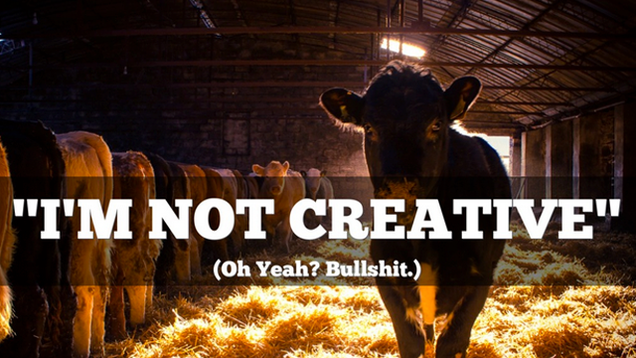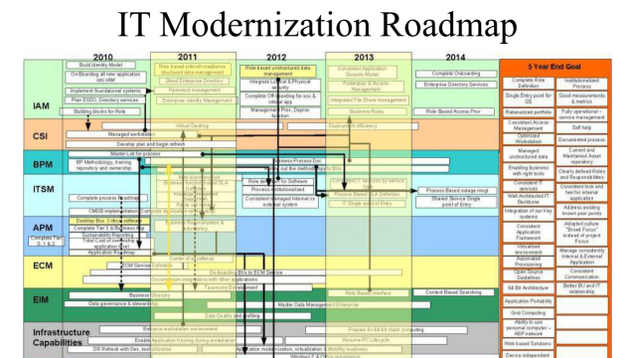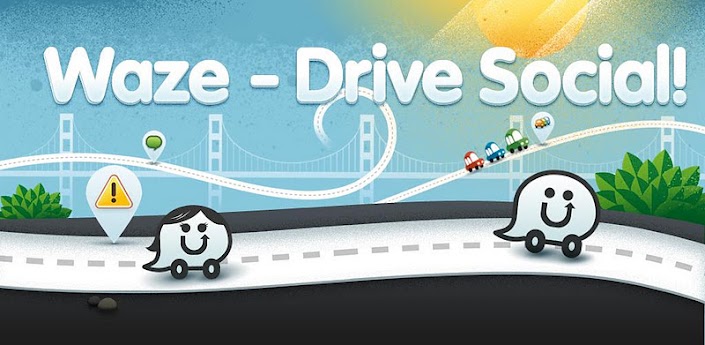Image credit: lifehacker.com
3 golden principles for a good design:
1. Salience
The elements (visuals and syntagms interlinking to elements and to viewer) are presented for viewers' attention to various facets of fore- and background, tone and color contrasts, sharpness differentiation, stylistic consistency etc. Ideally, the most salient, eye-catching element should form the hugest, simplest, and sharpest focus with the greatest amount of light received.
2. Framing
Framing devices, with or without them, disconnects or connects elements in a slide, to signify whether they belong or separate in a spatial composition.
3. Information Value
The placement of elements in a presentation slide, and syntagms that link them to one another and to the viewer, hence, endows each participant with relevant, specific information values. These values are attached to various zones of a slide: left, right, top, bottom, center, and margin.
(Kress 2007, p. 177; Norman 1999)
What makes a bad slide?
Image credit: iasted.org; lifehacker.com
Some Seth Godin's five rules addresses how to avoid really bad presentation slide designs.
- No more than six words on a slide. Be succinct to impress.
- No cheesy images. Use professional stock photo images.
- No dissolves, spins or other transitions. (Godin 2007)
Image credit: squidoo.com

References
Godin, S. 2007, 'Really Bad Powerpoint', Seth's Blog, viewed 25th April 2014, <http://sethgodin.typepad.com/seths_blog/2007/01/really_bad_powe.html>.
Kress, G. & van Leeuwen, T. 2006, Reading images: the grammar of visual design, 2nd ed., Routledge, NY.
Norman, D. A. 1997, 'Affordance, conventions, and design', Magazine Interactions, vol. 6, no. 3, May/ June, pp. 38-43.

















